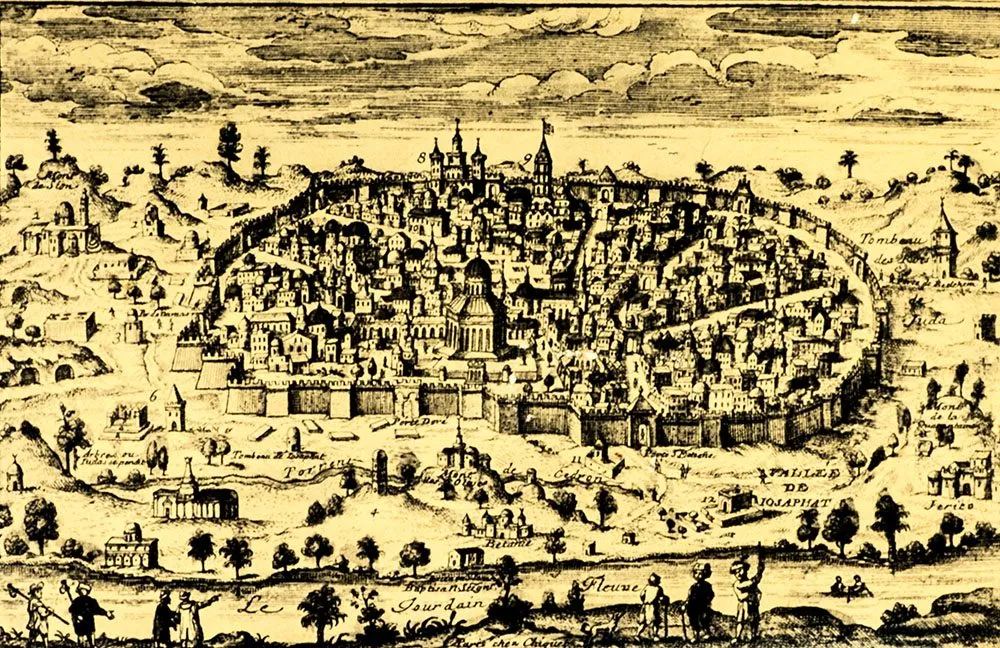Jerusalem is one of the most important cities in the Bible, and its history spans thousands of years. It is revered by Jews, Christians, and Muslims as a holy city, and its significance can be traced through the pages of the Bible. Mapping Jerusalem in the Bible can be a fascinating journey, and in this post, we will explore some of the most significant locations in the city's history.
One of the most famous locations in Jerusalem is the Temple Mount, which is the site of the First and Second Temples. The First Temple was built by King Solomon in the 10th century BCE and was destroyed by the Babylonians in 586 BCE. The Second Temple was built in 516 BCE and was destroyed by the Romans in 70 CE. Today, the Temple Mount is home to the Dome of the Rock and the Al-Aqsa Mosque, two of the most significant landmarks in the city.
Another important location in Jerusalem is the City of David, which was the original site of the city before it expanded under King David. The City of David is home to the Gihon Spring, which was the city's main source of water. It is also the site of the Pool of Siloam, where Jesus healed a blind man in the New Testament.
The Western Wall, also known as the Wailing Wall, is another significant location in Jerusalem. It is the last remaining section of the Second Temple and is considered the holiest site in Judaism. Many Jews visit the Western Wall to pray and leave written prayers in the wall's cracks.
The Kidron Valley is another important location in Jerusalem, as it separates the Temple Mount from the Mount of Olives. According to the Bible, the Kidron Valley was the site of King David's flight from his son Absalom, and it was also where Jesus and his disciples went after the Last Supper.
Mapping Jerusalem in the Bible offers a fascinating look into the history and significance of this holy city. Whether you are a student of the Bible or simply interested in history and geography, exploring the locations in Jerusalem's history can provide a deeper appreciation for the city's importance and the events that have taken place there.




